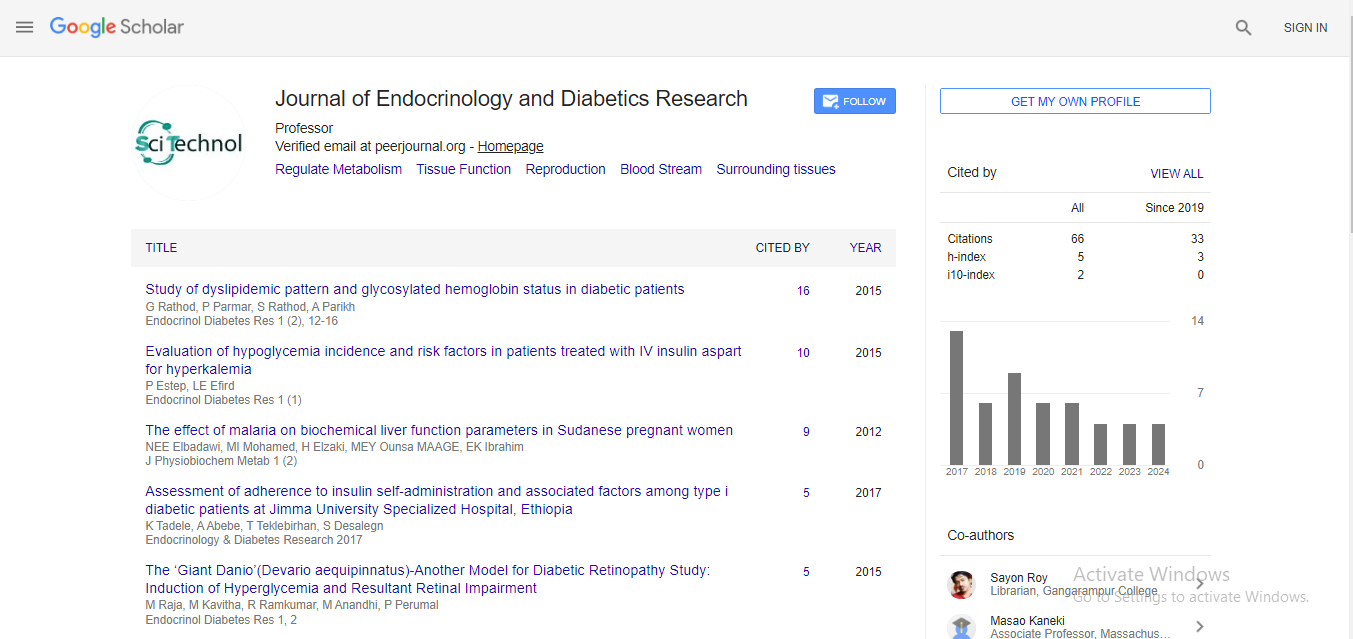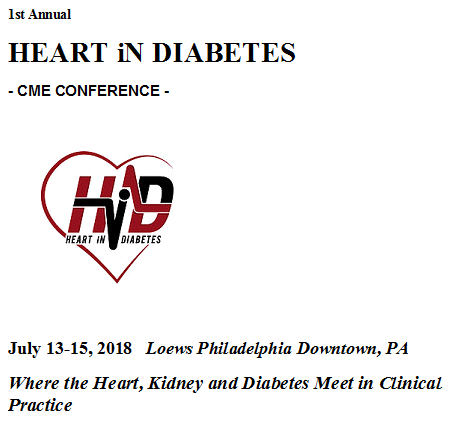An evaluation of the innovation of e-health featuring a diabetes self-management program delivered using avatar-based technology: Findings with certified diabetes educators and adults living with type 2 diabetes mellitus
Joanne Duncan-Carnesciali
Consultant Endocrinology, Italy
: Endocrinol Diabetes Res
Abstract
According to 2011 estimates, 11.3% of the US. Population had type 2 diabetes mellitus (T2DM). The demographics most affected by the prevalence and incidence of T2DM were minority racial/ethnic and socioeconomically disadvantaged groups. This survey-based examination utilized both quantitative and qualitative paradigms and focused on designing, field testing, and evaluating a diabetes self-management education video (the evaluand) which covered the seven diabetes self-management behaviors, also known as the AADE7. The shortage of certified diabetes educators( CDE) and the need for alternative DSME interventions are necessary to attenuate the growth of T2DM. This examination sought the perspective of the quality of the evaluand from Part A- CDE and from Part B populations living with T2DM. Study outcomes were predictors of a high rating of the quality of the evaluand, the extent to which the quality rating of the evaluand varied according to selected demographic variables for both groups, and pre and post measure of Study B participant stage of change and self-efficacy. Thematic and content analyses of the qualitative data were conducted to reveal emergent themes related to the quality of the evaluand. Backward stepwise regression analysis revealed that age (.012, <.05), ethnicity (.007, p <.05) Arab/Middle eastern (.048 p <.05), Asian (.002, p <.05) and White/European (.007, p <.05) descents made significant contributions and were significant predictors of a high quality rating of the evaluand. Paired sample t-test analysis of Study B pre and posttest viewing of the evaluand revealed statistically significant increases in the sages of change scores (M = -1.85, SD = 3.47), t( 45) = -3.61, p <.001) and self-efficacy scores (M = -2.65, SD = 4.05) t (45) = -4.43, p <.000). The eta squared statistic for stage of change (.22) and self-efficacy (.30) indicated a large magnitude of change. Independent t-test analysis of Study A quality rating of evaluand means by 1) professional positions, and 2) living with someone or having a family member diagnosed with T2DM indicated no significant differences (p >.05) between the means scores of each group.
 Spanish
Spanish  Chinese
Chinese  Russian
Russian  German
German  French
French  Japanese
Japanese  Portuguese
Portuguese  Hindi
Hindi 


